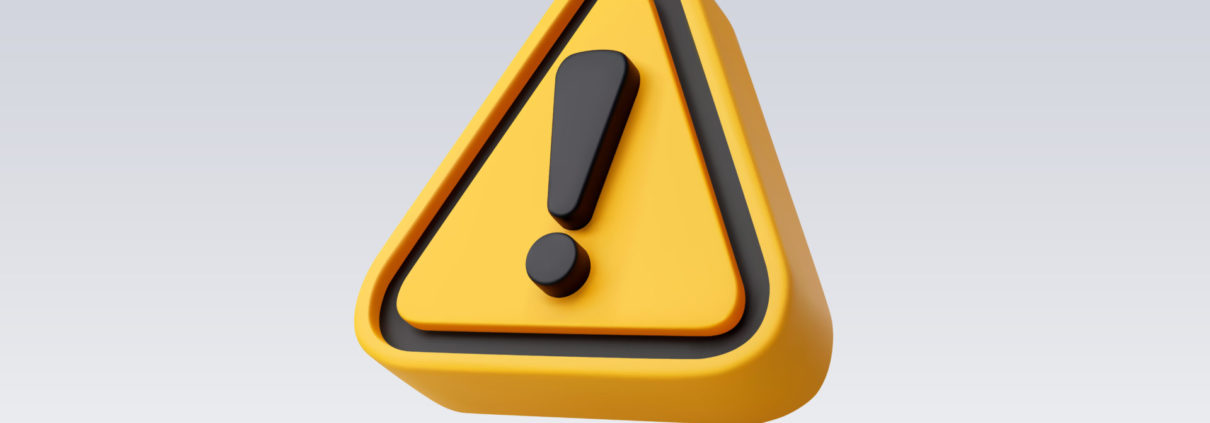Audit Risk: Pre-Printed Prescription Forms
At a time when the workday seems to be growing ever more hectic, prescribers and pharmacies may find pre-printed prescription forms convenient; especially for medications which are frequently utilized by a prescriber for treatment. Many PBMs prohibit pre-printed prescription form use for various reasons. Forms created by the pharmacy for the prescriber are concerning because it could appear the pharmacy is soliciting prescriptions or attempting to steer the patient to their pharmacy, particularly if the pharmacy’s name and branding (logo) are pre-printed on the form. Concerns that the forms are not specific enough for each individual patient need with the same quantity, refill number, and directions can also come up.
PAAS National® has seen pre-printed prescription forms considered invalid when they have cascading or overly broad substitutions. For example, if a topical medication is not covered, the form states the prescriber allows the pharmacy to substitute the next topical medication on the form and so on until one is covered. These medications tend to be more expensive than an alternative the plan may prefer and are a red flag for audit when the pharmacy is seen transmitting claims, reversing them, and billing a different product in rapid succession. Many PBM provider manuals have now added language requiring pharmacies to have a verbal conversation with the prescriber before making any substitutions, which would need to be proven with a clinical note documented on the prescription.
PAAS Tips:
- Check the provider manual of the PBMs that you are billing to see if they prohibit the use of pre-printed forms. Currently, Elixir, Prime Therapeutics, CVS/Caremark, and Express Scripts all contain language about pre-printed forms and/or inappropriate therapeutic substitutions.
- Clinical notes should contain the date, name and title of who you spoke with, summary of what was discussed, and pharmacy employee initials.
- Pre-printed prescription forms with high-cost medications and/or cascading substitution could be a red flag and require further scrutiny.
- Prescriptions should be specific to an individual patient’s needs and not generalized.
- Eliminate the use of pre-printed prescription forms
- Placeholder prescriptions for pharmacy-initiated dispensings (e.g., vaccines, OTC COVID-19 tests) has not been a concern



